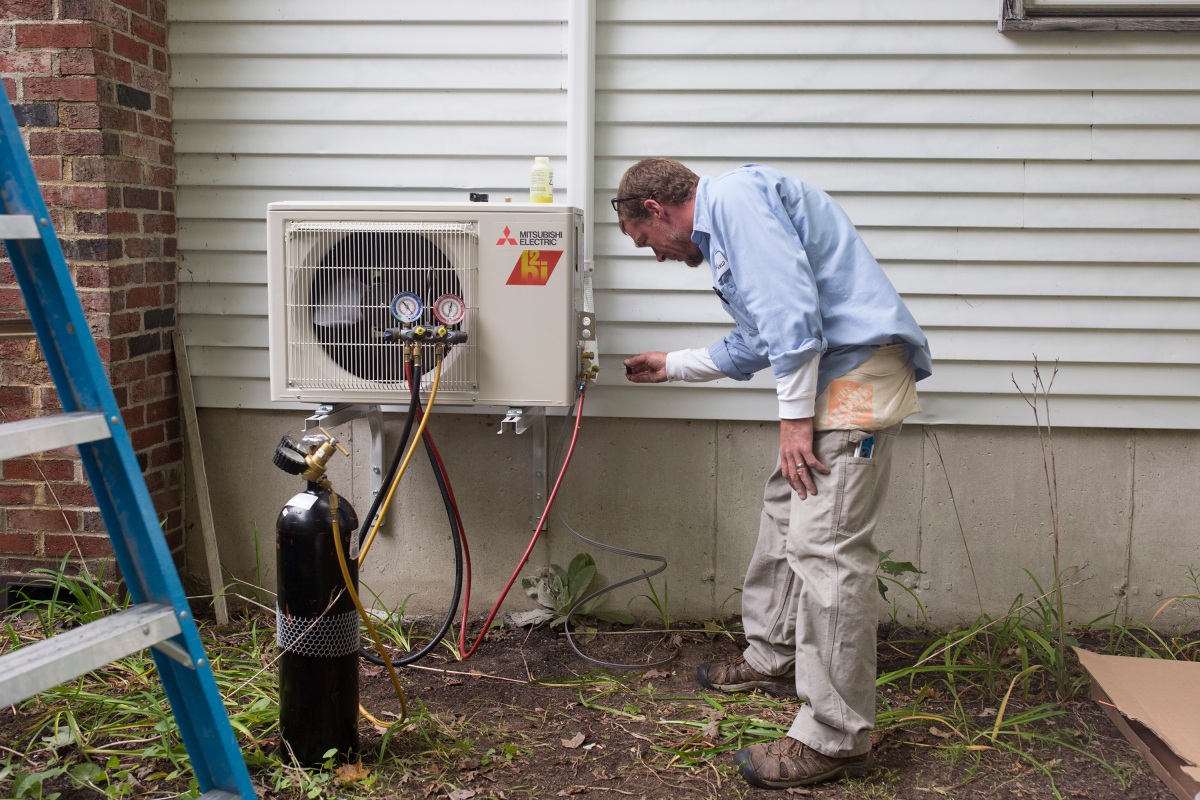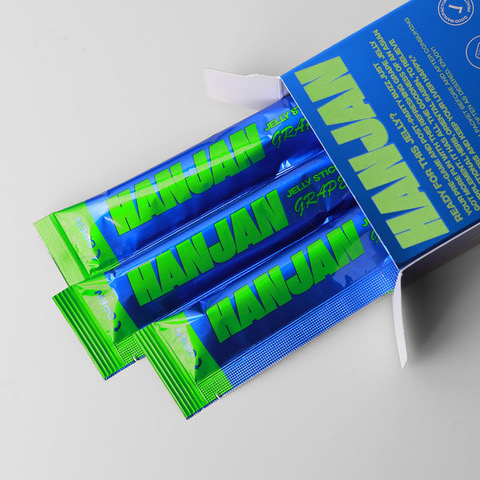Terzo lands $16M to extract key data from contracts • ZebethMedia
Contract governance is the steps taken to make sure agreed-upon terms between a company and its suppliers are met. It’s an essential part of doing business, and the consequences for getting it wrong can be steep. McKinsey estimates that poor contract governance can cost organizations up to 9% of their total revenue, which equates to $1.4 trillion for the Fortune 500 alone and $6.4 trillion across all enterprise business-to-business companies. Challenges around contract governance have fueled the rise of startups like Icertis, which recently secured $150 million at a $3.2 billion valuation to build out its contracting tools. LinkSquares in April landed $100 million for its AI-powered contract analysis platform, while ContractPodAi, a close competitor, has raised tens of millions to digitize contract reviews. A relatively new entrant in the space is Terzo, which was co-founded by Brandon Card, Al Giocondi and Pradeep Thangavel in 2020. A suite of contract processing software, Terzo uses AI to extract data in contracts related to a company’s spend and revenue across their supplier and customer relationships. In a sign investor interest in contract management startups hasn’t waned, Terzo today closed a $16 million Series A round led by Align Ventures with participation from TYH Ventures, Engage Ventures, Human Capital and other unnamed institutional investors. The proceeds bring the company’s total raised to more than $18f million, and Card, who serves at Terzo’s CEO, says they’ll be put toward Terzo’s sales and marketing initiatives as well as enhancing the platform’s AI capabilities. “As our technology evolves, we aim to deliver advanced insights around financials and budgeting,” Card said. “Contract systems were built for legal use cases and legal teams to focus on drafting and clauses. There are no analytics or financial insights for leaders to make smarter decisions. Terzo was founded to solve that problem.” Image Credits: Terzo Card says his experiences at Microsoft, where he was an enterprise portfolio manager at Microsoft Cloud, inspired him to co-found Terzo. Giocondi came from account manager roles at Oracle and IBM. As for Thangavel, he spent nearly seven years on the engineering side at Freshworks prior to joining alongside Card and Giocondi. Card says that Terzo’s AI was trained using real-world business contracts to extract data such as inventory and costs, supervised by a quality assurance team to ensure baseline accuracy. Terzo integrates with enterprise resource platforms like SAP and Oracle to track contractual obligations and expiration dates, including metrics related to environmental, social and governance policies. “Terzo is valuable to the IT audience because it allows them to see data faster,” Card said. “We’ve created a platform that combines data management, automation and AI, but also keeps people in the loop.” VCs see promise in contract management legal tech like Terzo’s, perhaps in part because of the high customer adoption rate. According to a 2020 Bloomberg Law survey, more than half (56%) of in-house lawyers said that they’re using contract management programs. (That’s despite the fact that the legal industry is notoriously slow to adopt new tech.) If the current trend holds, Markets and Markets predicts the contract management life cycle market will grow from $1.5 billion in 2019 to $2.9 billion by 2024. Card says that Terzo has “over a dozen” customers, including a Fortune 50 retailer and the largest financial transaction processor in the world. The plan into the next year is to drive revenue at over 50% of Terzo’s overall expenses, he says, and to break even in 2024. “We are positioned to be a profitable business by 2025,” Card added. “Both the pandemic and current tech slowdown has taught us how to run a lean business that is focused on efficient growth. The current downturn has caused our customers to prioritize spending and budgeting so we look at this as a positive tailwind heading into 2023.”









